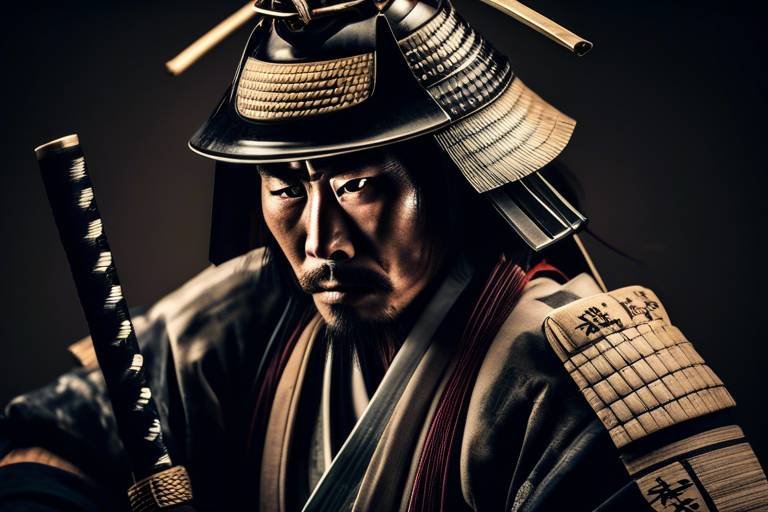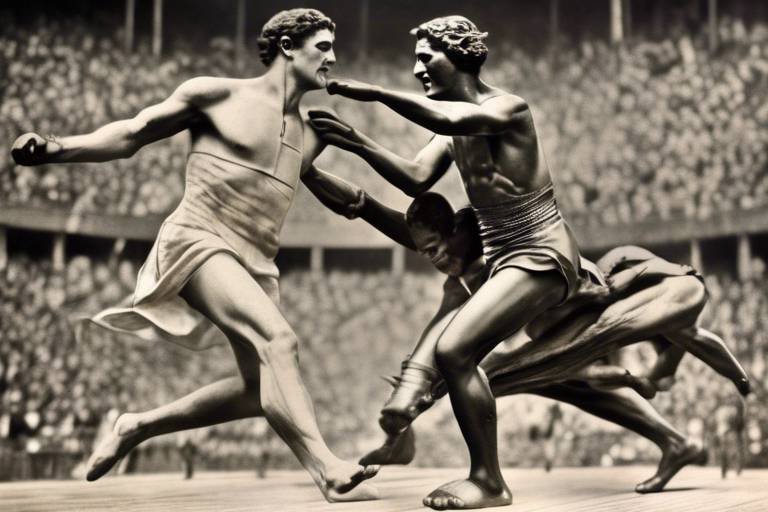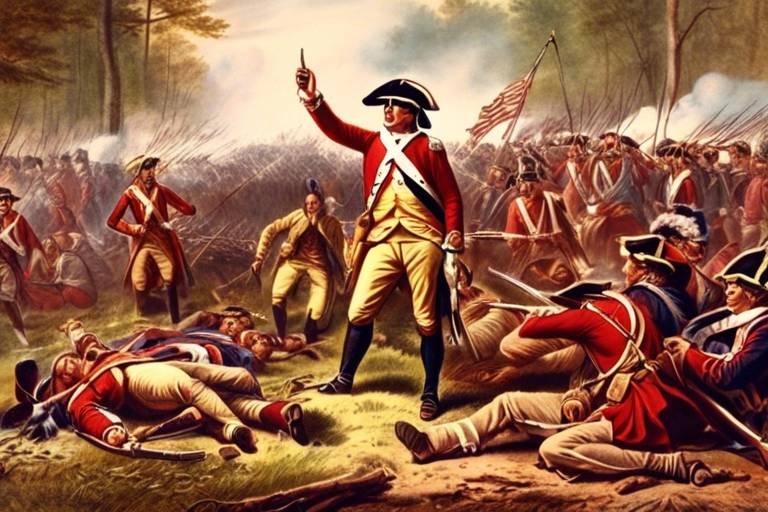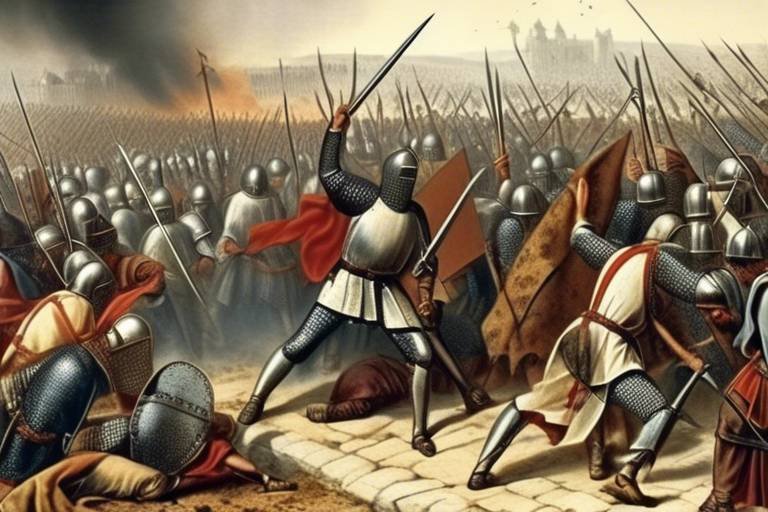The Legacy of the Renaissance - Impact on Art and Culture
The Renaissance, a period of immense cultural and artistic growth, left an indelible mark on the world of art and culture. This transformative era, spanning from the 14th to the 17th century, revolutionized artistic expression, creativity, and societal values, shaping the course of history in profound ways.
During the Renaissance, various art movements emerged, each contributing unique styles and themes to the artistic landscape. The High Renaissance, characterized by the works of masters like Leonardo da Vinci and Michelangelo, showcased a harmonious blend of beauty and realism. Mannerism, with its emphasis on exaggerated proportions and intricate details, challenged traditional artistic norms. The Baroque period, known for its dramatic flair and emotional intensity, captured the essence of the era's spirit.
The humanist philosophy of the Renaissance played a pivotal role in influencing artistic representation. Artists began to focus on individualism, realism, and the portrayal of human emotions in their works, reflecting a newfound appreciation for the human experience. This shift towards a more human-centered approach transformed the way art was created and perceived.
Technological advancements in art, such as the development of perspective, anatomy studies, and new painting techniques, allowed artists to depict the world with unprecedented accuracy and depth. These innovations revolutionized the way art was produced, enabling artists to explore new realms of creativity and expression.
Patrons played a crucial role in supporting artists during the Renaissance, providing financial backing and resources that allowed for the creation of masterpieces that defined the era. The relationship between artists and patrons shaped the artistic production of the time, influencing the themes, styles, and subjects depicted in artworks.
Beyond visual arts, the Renaissance period influenced literature, music, architecture, and various aspects of culture, creating a rich and vibrant creative environment. The era's cultural legacy extended far beyond its time, leaving a lasting impact on the development of art and culture for centuries to come.
The legacy of Renaissance art continues to influence contemporary art and culture, with echoes of the period's style, themes, and techniques still present in today's creative works. Artists draw inspiration from the innovations of the Renaissance, infusing their creations with a sense of history and tradition while pushing the boundaries of artistic expression.
The impact of the Renaissance transcended borders, influencing artistic movements around the world and shaping the development of art in diverse cultures and societies. The legacy of the era's artistic achievements continues to resonate globally, connecting people through a shared appreciation for the beauty and complexity of human creativity.
Preserving and studying Renaissance art is essential for ensuring that the legacy of this transformative period endures for future generations. By safeguarding these masterpieces and delving into their historical significance, we can continue to be inspired and educated by the rich cultural heritage left behind by the Renaissance.
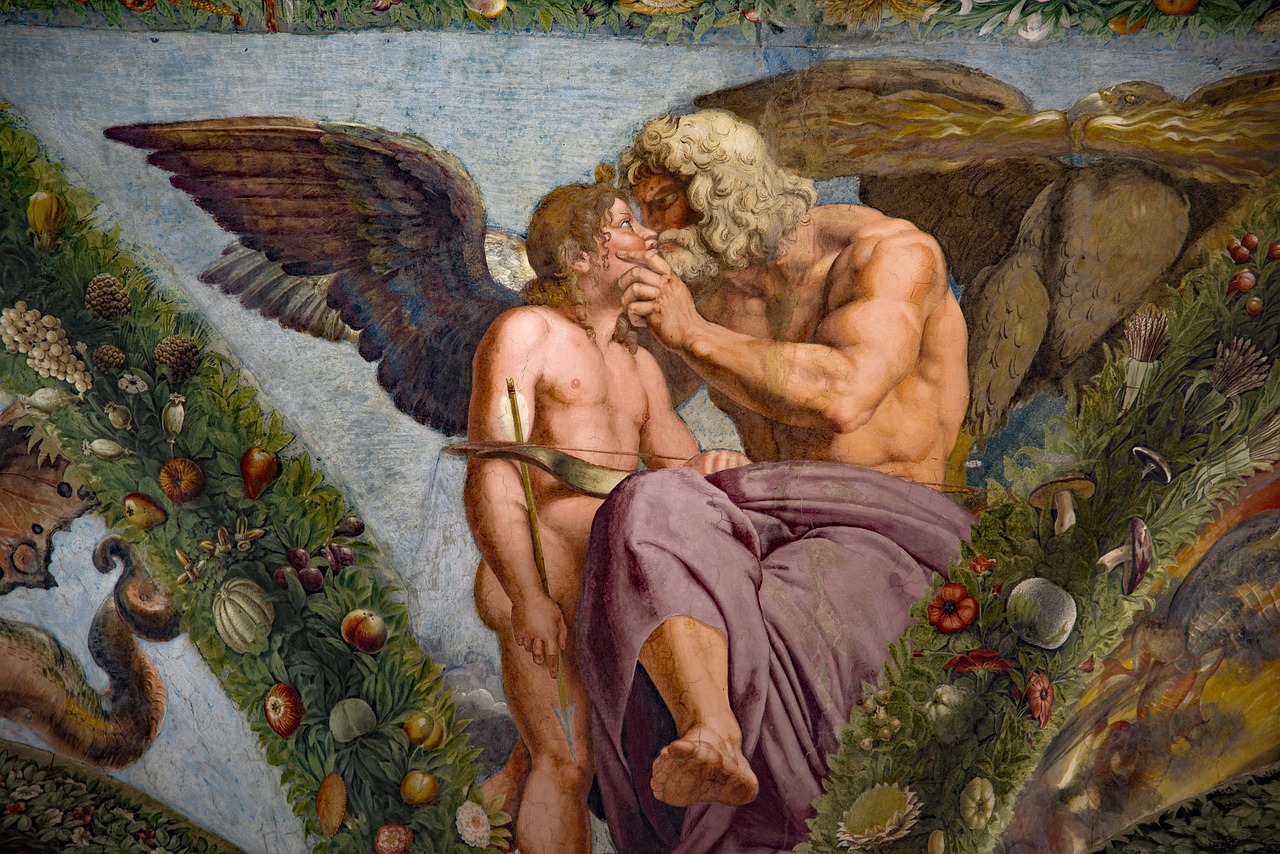
Renaissance Art Movements
Exploring how the Renaissance period shaped art and culture, influencing creativity, innovation, and societal values. Discover the lasting impact of this transformative era on artistic expression and cultural development.
Renaissance art movements encompass a rich tapestry of styles and themes that emerged during this groundbreaking period. From the grandeur of the High Renaissance to the eccentricity of Mannerism and the emotional intensity of the Baroque, each movement brought its own unique contributions to the artistic landscape. Artists like Leonardo da Vinci, Michelangelo, and Caravaggio defined these movements with their masterpieces, setting new standards for artistic excellence and creativity.
One of the defining characteristics of Renaissance art movements was the emphasis on realism and human emotion. Artists sought to capture the beauty and complexity of the natural world, infusing their works with a sense of life and vitality that transcended traditional artistic conventions. The exploration of light, shadow, and perspective became central to artistic expression, creating a sense of depth and dimensionality previously unseen in art.
Moreover, the diversity of themes explored in Renaissance art movements reflected the multifaceted nature of human experience. From religious narratives to mythological scenes, from portraiture to still life, artists delved into a wide range of subjects, showcasing their versatility and creativity. This artistic freedom and experimentation laid the foundation for future generations of artists to explore new horizons and push the boundaries of artistic expression.
Overall, the Renaissance art movements not only revolutionized the way art was created and perceived but also laid the groundwork for the development of modern art forms. Their influence can be seen in the works of contemporary artists who continue to draw inspiration from the innovative spirit and creative vision of the Renaissance masters.
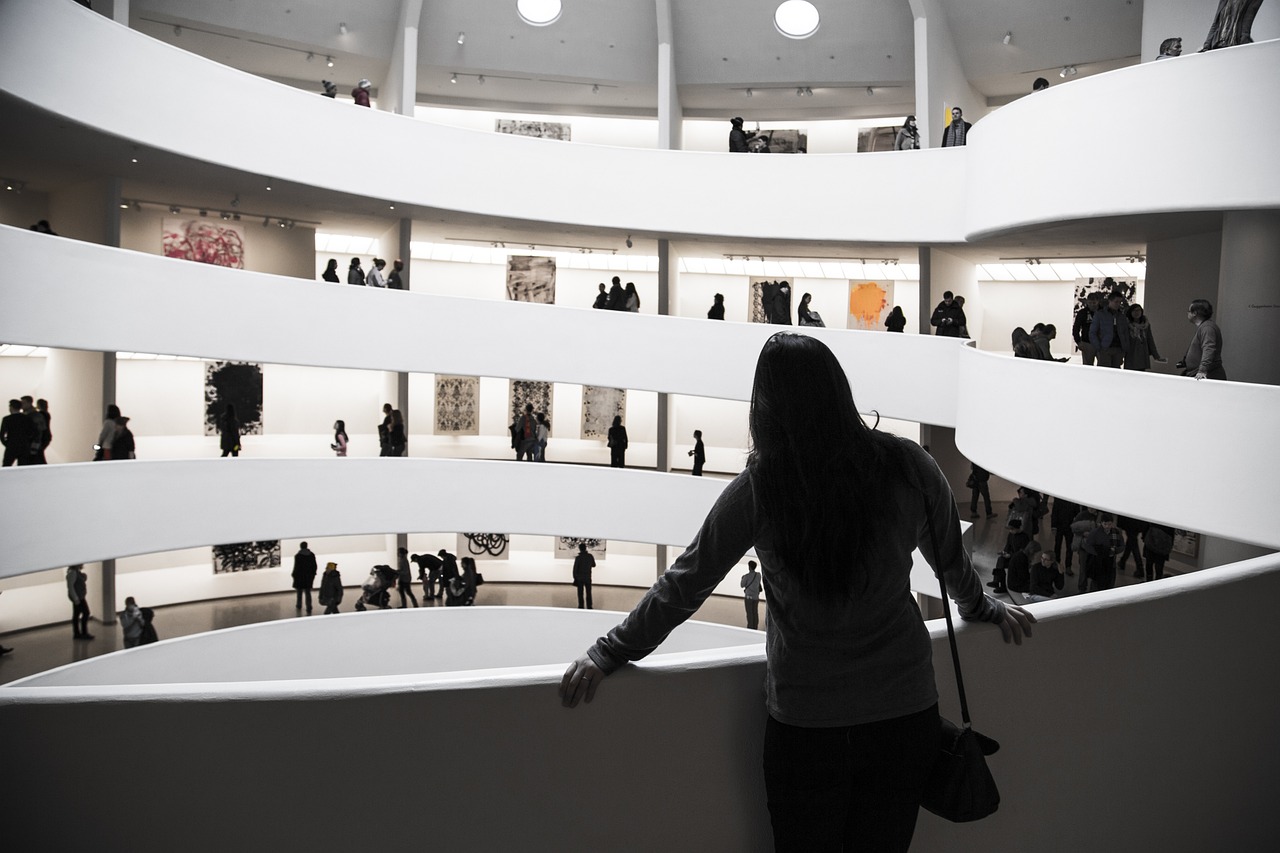
Humanism and Artistic Representation
During the Renaissance, the philosophy of humanism played a significant role in reshaping artistic representation. Humanism emphasized the importance of individualism, focusing on the unique qualities of each person. This philosophy influenced artists to portray human subjects with a sense of realism and emotions, capturing the depth of human experience in their works.
Artists during the Renaissance sought to depict the human form with accuracy and detail, drawing inspiration from the study of anatomy and perspective. The newfound understanding of human anatomy allowed artists to create more lifelike figures, while the mastery of perspective added depth and dimension to their compositions.
Furthermore, the emphasis on human emotions in art reflected the humanist belief in the importance of empathy and understanding towards others. Artists strived to evoke emotional responses from viewers, creating works that resonated on a personal and universal level.
Through the lens of humanism, artistic representation in the Renaissance transcended mere visual depiction, becoming a means of expressing the complexities of human existence. The fusion of humanist ideals with artistic practice resulted in a profound shift in the way artists approached their craft, paving the way for a new era of creativity and innovation.
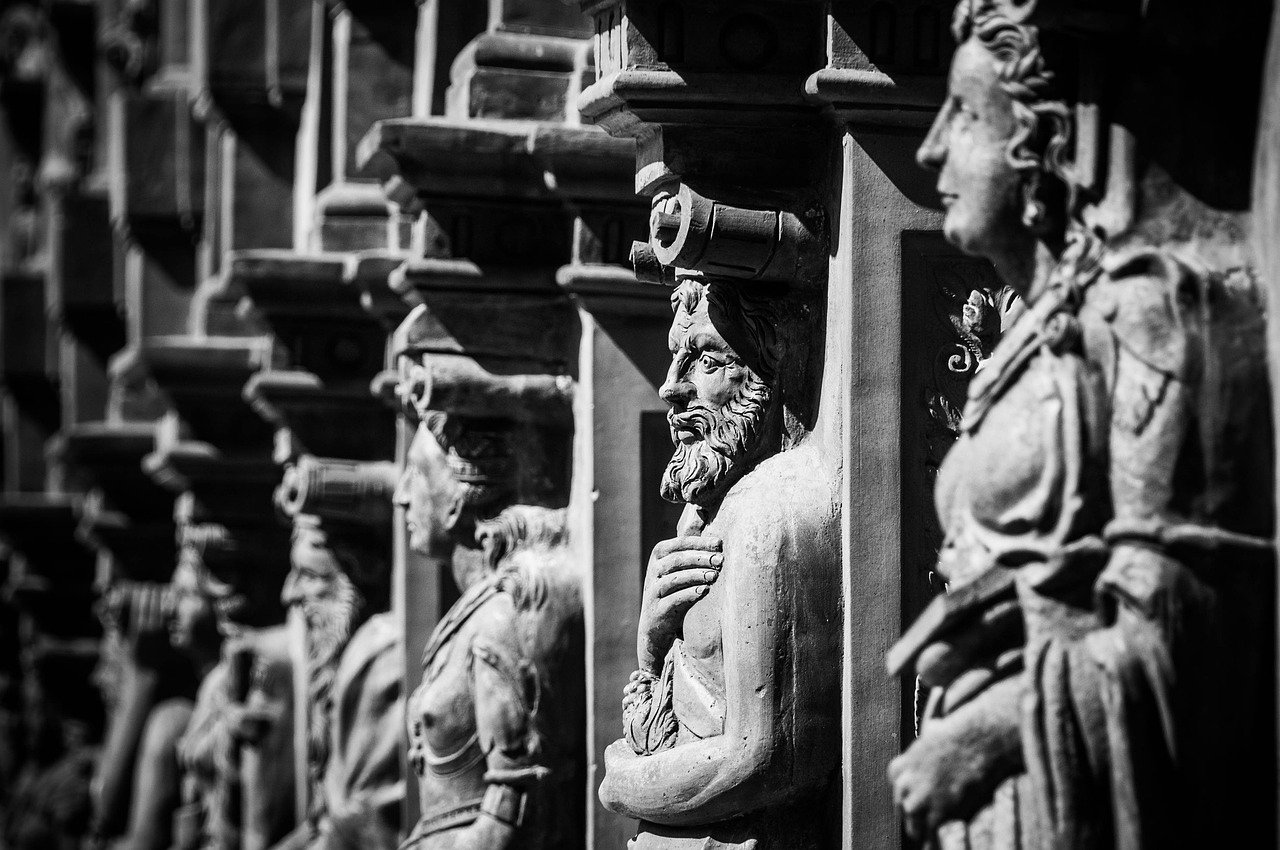
Technological Advancements in Art
During the Renaissance, artists were not only masters of their craft but also pioneers in technological advancements that revolutionized the art world. One of the most significant innovations of this period was the development of perspective in art. Artists like Leonardo da Vinci and Filippo Brunelleschi experimented with perspective, creating more realistic and immersive artworks that captured the depth and dimension of the world around them.
Furthermore, the Renaissance saw a renewed interest in anatomy studies, with artists dissecting human bodies to gain a deeper understanding of anatomy and physiology. This knowledge translated into more accurate and lifelike depictions of the human form in art, setting new standards for realism and detail.
Another technological advancement that emerged during the Renaissance was the refinement of painting techniques. Artists like Titian and Michelangelo experimented with new methods of layering paint, creating rich textures and vibrant colors that brought their artworks to life in ways never seen before.
Moreover, the invention of the printing press by Johannes Gutenberg in the mid-15th century had a profound impact on the dissemination of art and ideas. Printed books and illustrations allowed artistic knowledge to spread rapidly across Europe, influencing artistic styles and techniques in different regions.
Overall, the technological advancements of the Renaissance not only transformed the way artists depicted the world but also paved the way for future innovations in art and visual communication.
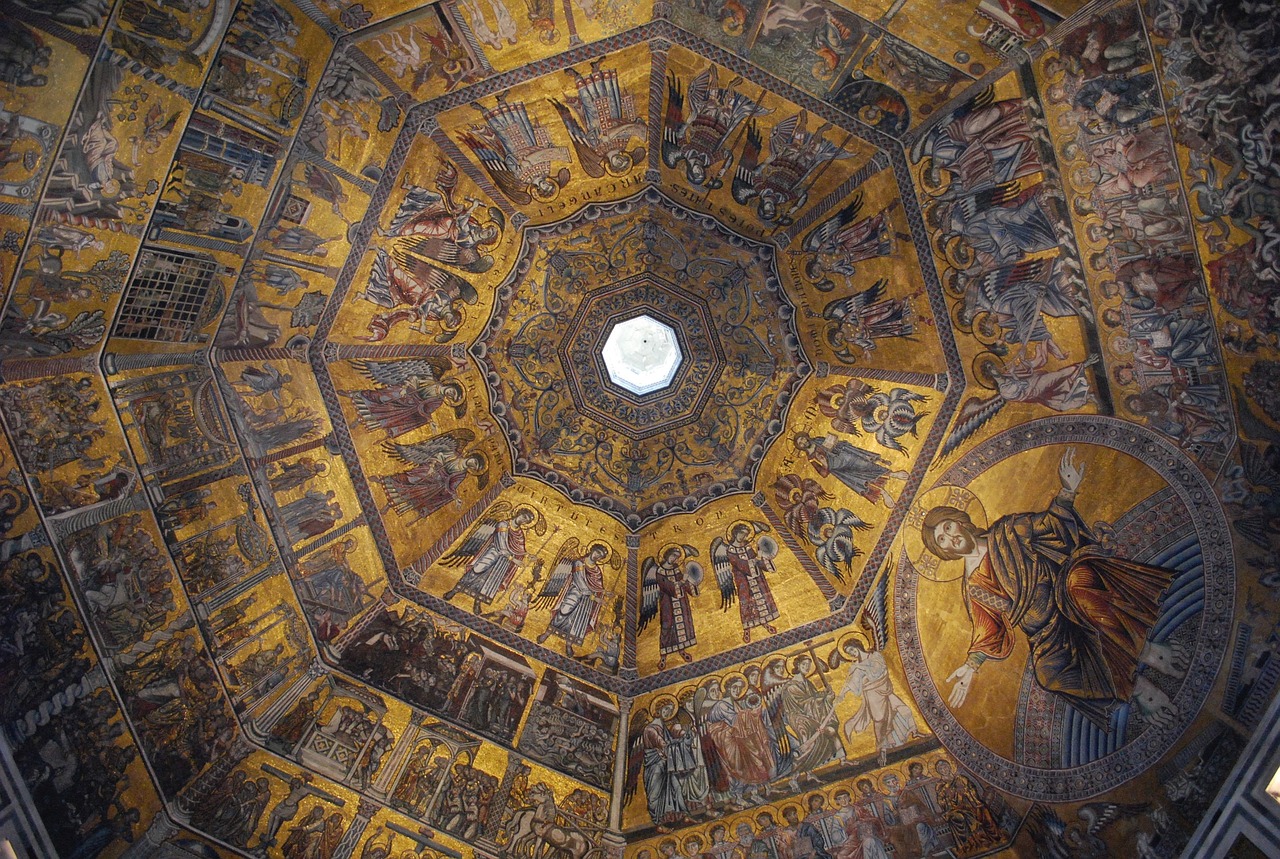
Patronage and Artistic Patronage
Exploring how the Renaissance period shaped art and culture, influencing creativity, innovation, and societal values. Discover the lasting impact of this transformative era on artistic expression and cultural development.
Examining the diverse art movements that emerged during the Renaissance, such as the High Renaissance, Mannerism, and Baroque, each contributing unique styles and themes to the artistic landscape.
Investigating how the humanist philosophy of the Renaissance influenced artistic representation, leading to a focus on individualism, realism, and the portrayal of human emotions in art.
Exploring the technological innovations of the Renaissance, including perspective, anatomy studies, and new painting techniques, revolutionizing the way artists depicted the world around them.
During the Renaissance, the role of patrons was crucial in supporting artists and shaping artistic production. Patrons, often wealthy individuals or institutions, provided financial backing, resources, and opportunities for artists to create masterpieces that defined the era. The relationship between artists and patrons was symbiotic, as artists relied on patronage to fund their work and patrons sought prestige and cultural enrichment through their support of the arts.
Analyzing how the Renaissance period influenced not only visual arts but also literature, music, architecture, and other aspects of culture, fostering a rich and vibrant creative environment.
Examining how the artistic innovations of the Renaissance continue to influence contemporary art and culture, with echoes of the period's style, themes, and techniques still present in today's creative works.
Exploring how the Renaissance's legacy transcended borders, influencing artistic movements around the world and shaping the development of art in diverse cultures and societies.
Highlighting the importance of preserving and studying Renaissance art for future generations, ensuring that the legacy of this transformative period continues to inspire and educate.
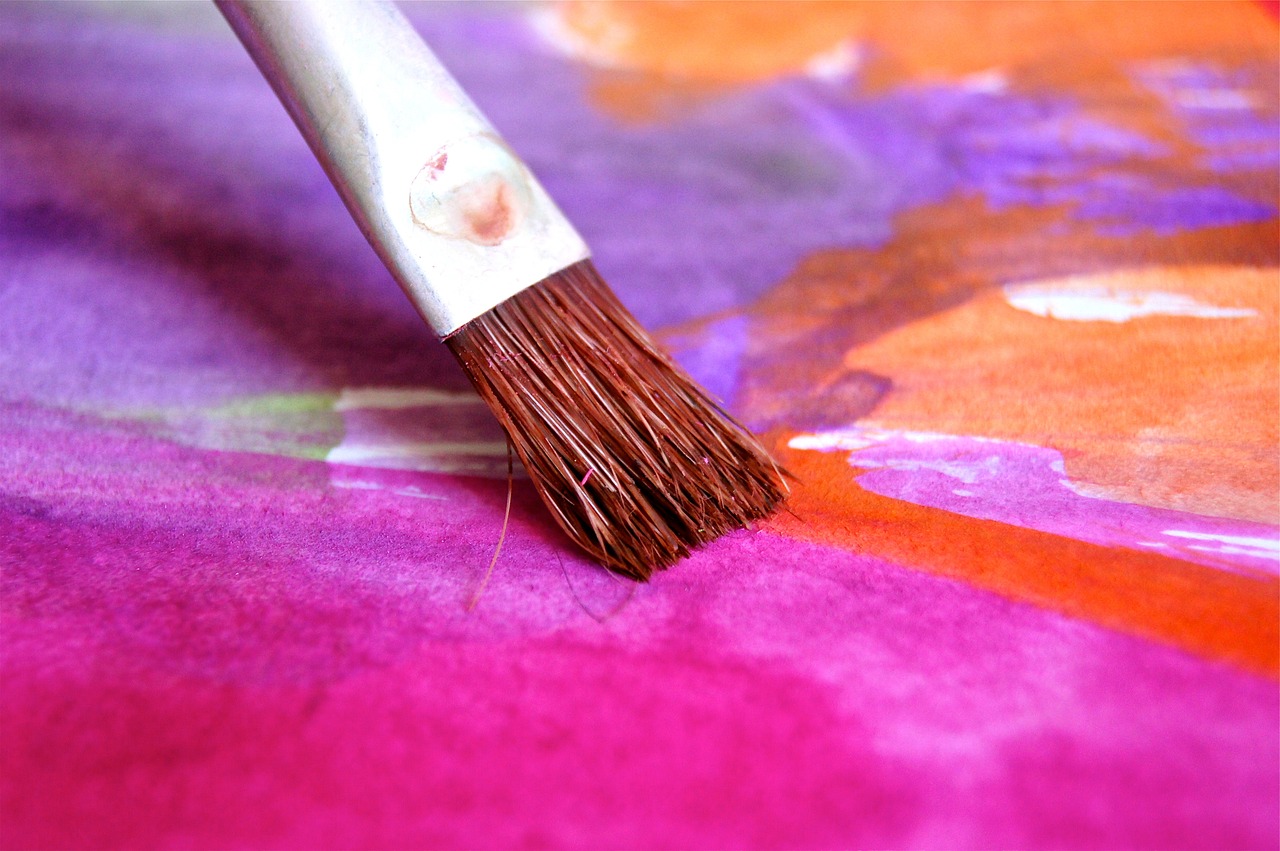
Renaissance Literature and Culture
Exploring how the Renaissance period shaped art and culture, influencing creativity, innovation, and societal values. Discover the lasting impact of this transformative era on artistic expression and cultural development.
The Renaissance was not only a period of great artistic achievements but also a time of profound cultural transformation. Literature, music, architecture, and other aspects of culture flourished during this era, reflecting the spirit of renewal and humanism that defined the Renaissance. Writers and thinkers of the time embraced classical ideals and sought to revive ancient texts, sparking a renaissance of knowledge and creativity.
One of the most significant developments in Renaissance literature was the rise of humanist thought. Humanism placed a strong emphasis on the individual, celebrating human potential and the pursuit of knowledge. This philosophy influenced writers to explore themes of human experience, emotions, and relationships in their works, giving rise to a rich tradition of humanist literature.
Italian poet Dante Alighieri's "Divine Comedy" and English playwright William Shakespeare's plays are prime examples of Renaissance literature that continue to captivate audiences with their exploration of human nature and universal themes. The Renaissance also saw the emergence of the printing press, which revolutionized the dissemination of knowledge and allowed literary works to reach a wider audience.
In addition to literature, Renaissance culture was marked by a flourishing of music and architecture. Composers such as Palestrina and Monteverdi created masterful works that reflected the beauty and complexity of the human experience. Architects like Brunelleschi and Palladio revolutionized building design, incorporating classical elements and mathematical precision into their structures.
The cultural legacy of the Renaissance continues to inspire artists and thinkers today, with its emphasis on humanism, innovation, and the pursuit of excellence serving as a timeless source of inspiration. By studying the literature and culture of this transformative era, we gain insight into the values and aspirations of a society that laid the foundation for the modern world.
Q: How did the Renaissance impact literature?
A: The Renaissance brought about a renewed interest in classical texts, leading to a revival of ancient knowledge and a focus on humanist ideals. Writers of the time explored themes of individualism, human emotions, and the human experience, creating a rich tradition of literature that continues to influence writers today.
Q: What role did humanism play in Renaissance culture?
A: Humanism was a central philosophy of the Renaissance that emphasized the value of the individual, the pursuit of knowledge, and the celebration of human potential. This philosophy influenced all aspects of Renaissance culture, from literature and art to music and architecture, shaping the creative output of the era.
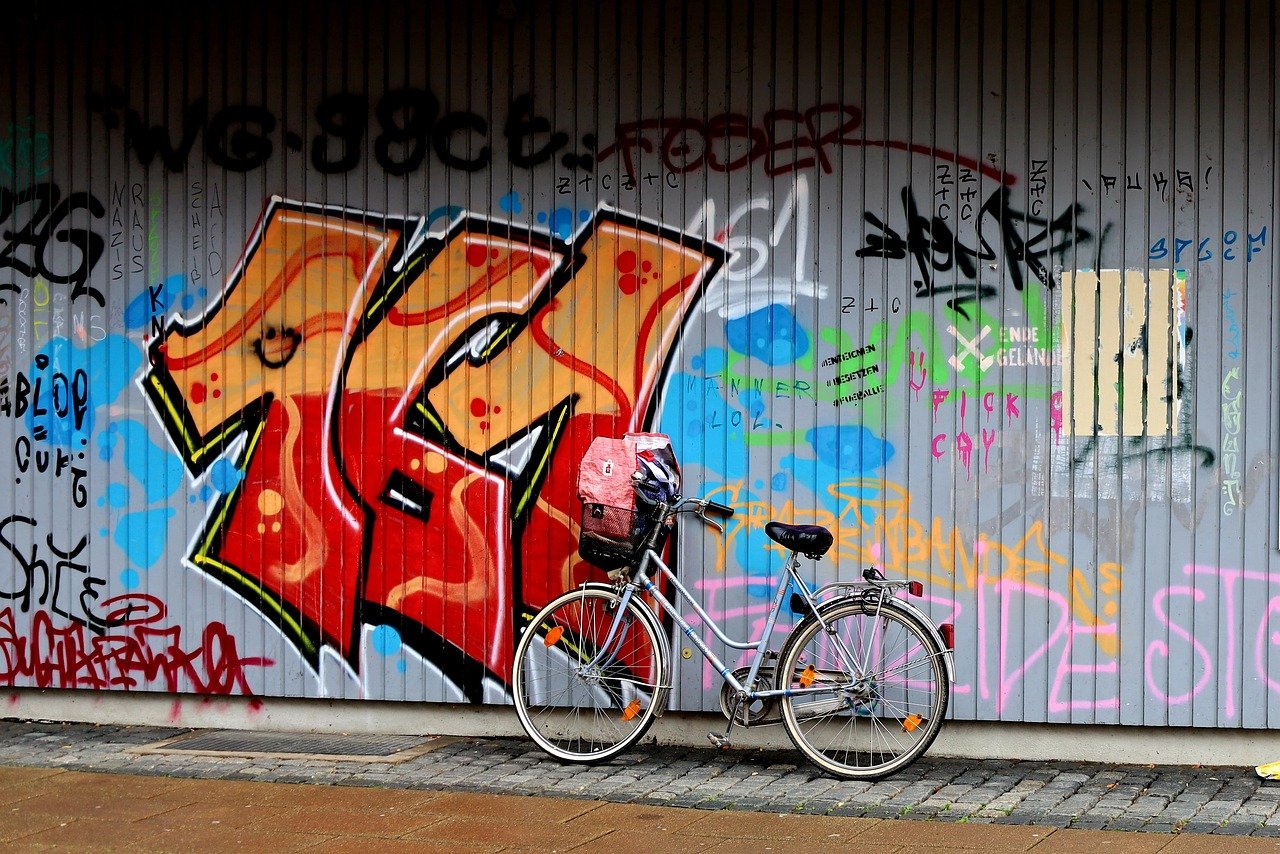
Legacy of Renaissance Art in Modern Culture
The legacy of Renaissance art continues to exert a profound influence on modern culture, transcending time and geography to shape contemporary artistic expressions. The innovative spirit, technical mastery, and thematic richness of Renaissance art have left an indelible mark on the creative landscape, inspiring artists across various disciplines and mediums.
One of the most notable aspects of the Renaissance's legacy in modern culture is the enduring presence of its artistic style and techniques. Elements such as perspective, chiaroscuro, and naturalism, which were pioneered during the Renaissance, are still prevalent in today's art world. Artists continue to draw inspiration from the works of Renaissance masters like Leonardo da Vinci, Michelangelo, and Raphael, incorporating their aesthetic principles into contemporary creations.
Moreover, the themes explored in Renaissance art, such as humanism, mythology, and religious symbolism, remain relevant in modern cultural discourse. The emphasis on individualism, the celebration of human emotions, and the exploration of the human condition are themes that resonate with audiences today, reflecting the enduring relevance of Renaissance ideals in contemporary society.
Furthermore, the legacy of the Renaissance extends beyond the realm of visual arts to influence literature, music, architecture, and design. The interdisciplinary nature of Renaissance culture, characterized by a synthesis of various artistic disciplines, continues to inspire cross-disciplinary collaborations and creative innovations in the modern cultural landscape.
In essence, the legacy of Renaissance art in modern culture serves as a testament to the enduring power of creativity, innovation, and artistic expression. By studying and appreciating the achievements of the Renaissance, contemporary artists and audiences alike can tap into a rich heritage of artistic excellence and cultural significance, ensuring that the spirit of the Renaissance continues to thrive in the modern world.
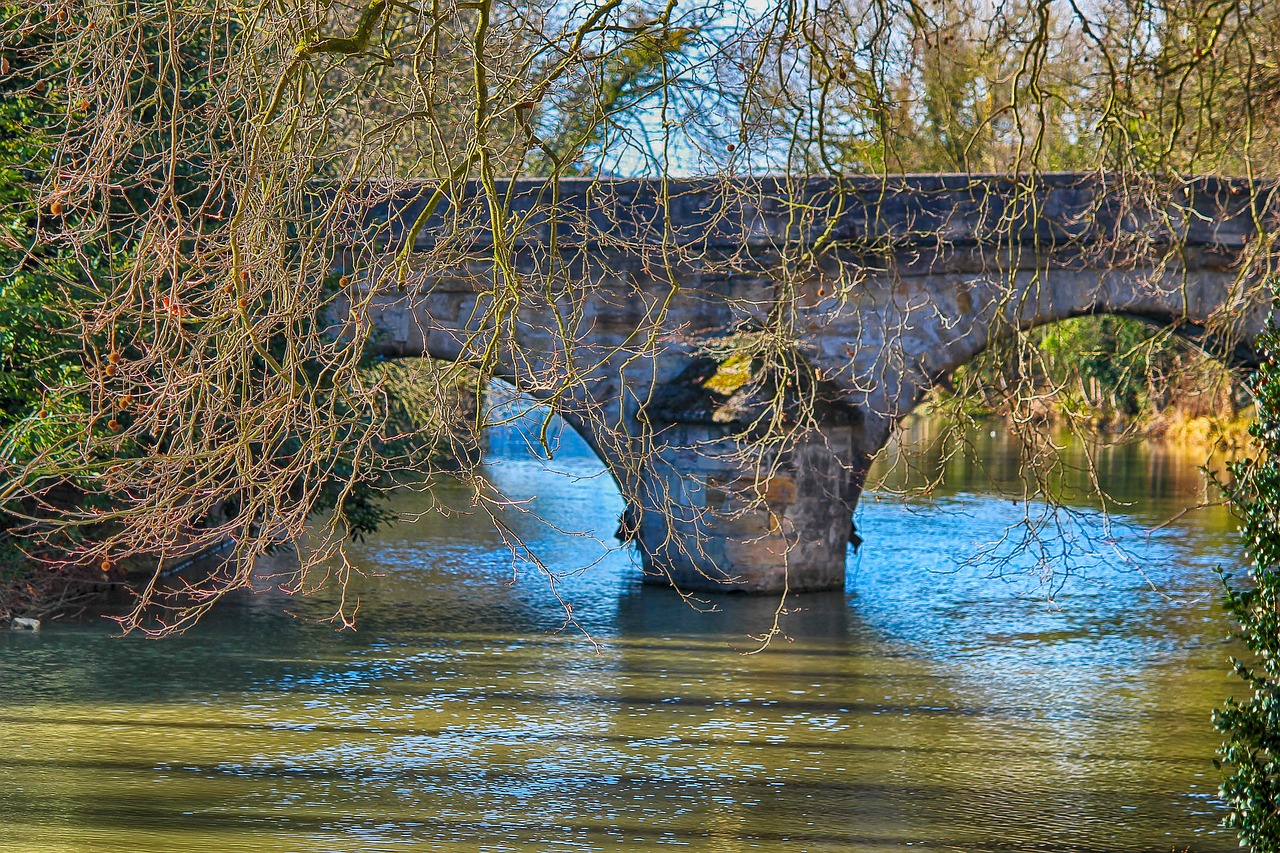
Impact on Global Artistic Movements
The impact of the Renaissance on global artistic movements was profound, transcending borders and influencing creative expression in diverse cultures and societies. As the Renaissance spread its influence beyond Italy, it sparked a wave of artistic innovation and cultural exchange that continues to shape the development of art worldwide.
One of the key ways in which the Renaissance impacted global artistic movements was through the dissemination of artistic techniques and ideas. Artists traveled across Europe, carrying with them the knowledge and skills they had acquired during the Renaissance, leading to the adoption of new artistic styles and approaches in different regions.
The emphasis on individualism and human emotion in Renaissance art also had a lasting impact on global artistic movements. Artists in various parts of the world began to focus on portraying the complexities of the human experience, drawing inspiration from the realistic and emotive qualities of Renaissance masterpieces.
Moreover, the legacy of the Renaissance can be seen in the fusion of different artistic traditions and cultural influences in contemporary art. Artists today continue to draw upon the themes, techniques, and aesthetic principles of the Renaissance, creating a rich tapestry of artistic expression that reflects the enduring legacy of this transformative period.
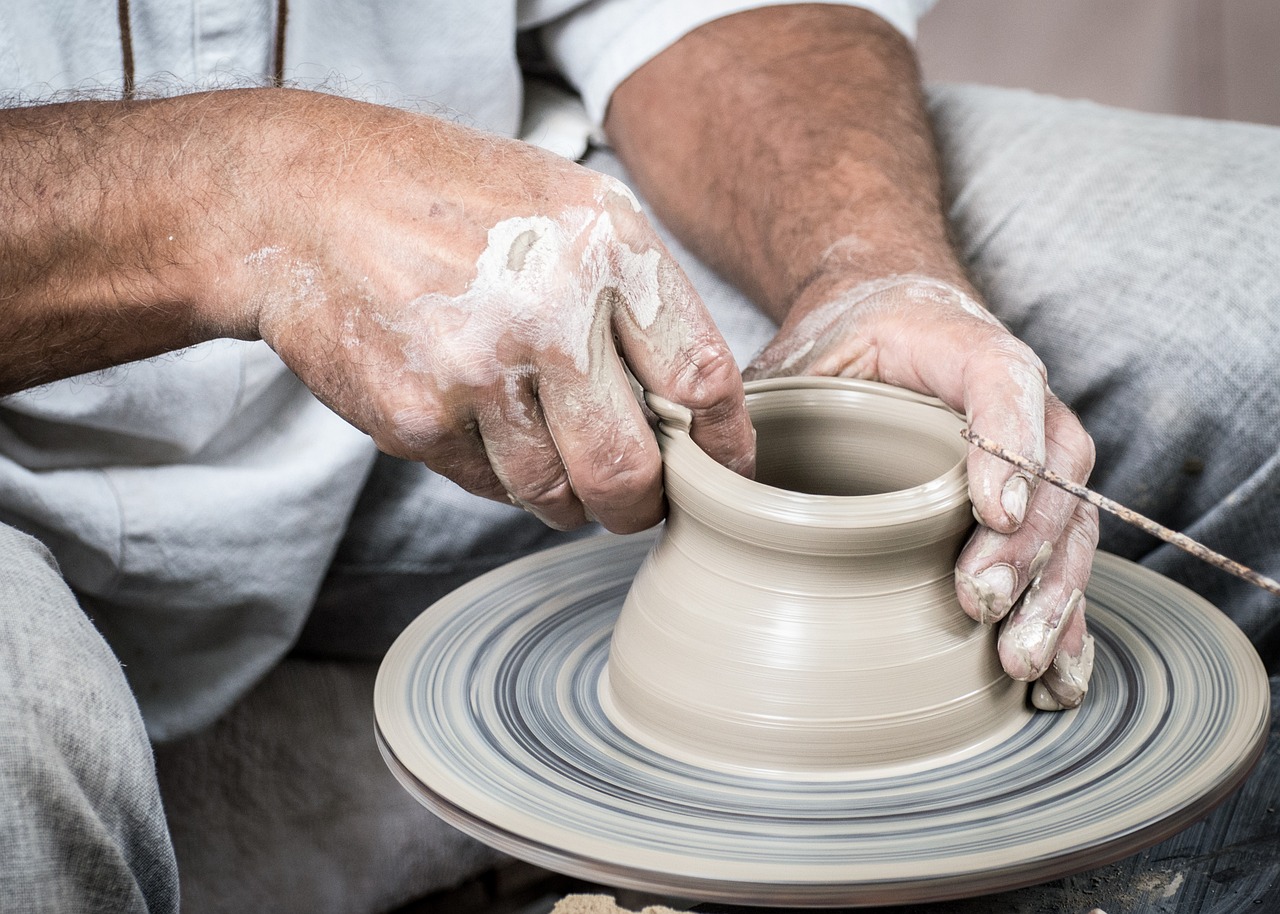
Preservation and Study of Renaissance Art
Preservation and study of Renaissance art play a crucial role in understanding and appreciating the rich cultural heritage left by this transformative period. Museums, art institutions, and conservation efforts worldwide are dedicated to safeguarding these priceless artworks for future generations. Through meticulous restoration and preservation techniques, experts ensure that these masterpieces retain their original beauty and integrity.
Studying Renaissance art provides valuable insights into the artistic techniques, themes, and societal values of the time. Art historians analyze these works to unravel the stories behind each painting, sculpture, or architectural marvel, shedding light on the historical context in which they were created. By studying Renaissance art, scholars gain a deeper understanding of the cultural, political, and religious influences that shaped this period of artistic flourishing.
Art conservation laboratories employ cutting-edge technology to study and preserve Renaissance artworks. Through scientific analysis, conservators can uncover hidden details, authenticate pieces, and ensure their long-term stability. By combining traditional methods with modern scientific advancements, experts can prolong the lifespan of these invaluable works of art, allowing future generations to experience the beauty and brilliance of the Renaissance.
Furthermore, the digitization of Renaissance art has opened up new possibilities for preservation and study. High-resolution imaging techniques enable researchers to examine artworks in unprecedented detail, uncovering hidden layers, brushstrokes, and color variations. Digital archives and virtual exhibitions make these masterpieces accessible to a global audience, breaking down geographical barriers and ensuring that the legacy of the Renaissance reaches far and wide.
Preservation and study of Renaissance art not only safeguard the past but also inspire future generations of artists, scholars, and art enthusiasts. By delving into the artistic achievements of this remarkable period, we honor the creativity, innovation, and passion of the Renaissance masters, ensuring that their legacy continues to shine brightly in the annals of art history.
Frequently Asked Questions
- What is the Renaissance period?
The Renaissance period was a transformative cultural movement that took place in Europe between the 14th and 17th centuries. It marked a revival of interest in art, literature, science, and humanism, leading to significant advancements in various fields.
- What were some key art movements during the Renaissance?
Some key art movements during the Renaissance included the High Renaissance, Mannerism, and Baroque. Each of these movements brought unique styles, techniques, and themes to the artistic landscape of the time.
- How did humanism influence artistic representation during the Renaissance?
Humanism, a philosophical movement that emphasized the value of human beings, had a profound impact on artistic representation during the Renaissance. It led to a focus on individualism, realism, and the portrayal of human emotions in art.
- Why was patronage important in Renaissance art?
Patronage played a crucial role in supporting artists during the Renaissance. Wealthy individuals and institutions commissioned artworks, providing financial stability for artists and shaping the artistic production of the era.
- How has the legacy of Renaissance art influenced modern culture?
The legacy of Renaissance art continues to influence modern culture, with echoes of the period's style, themes, and techniques still present in contemporary art. The innovations of the Renaissance have left a lasting impact on artistic expression and creativity.



